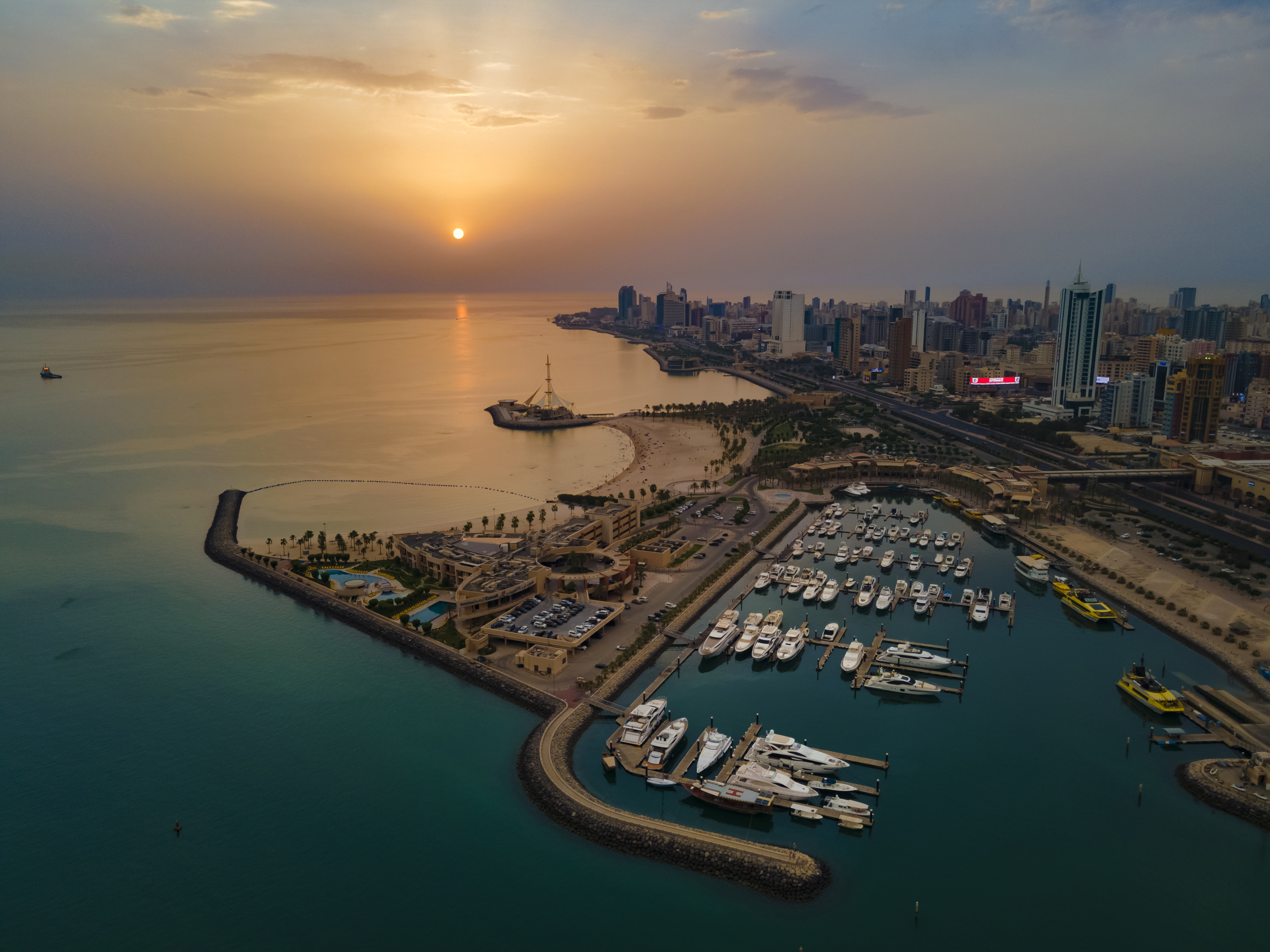Kuwait may enter in a “dangerous phase” by 2035 with expectations that the annual temperature will increase by about two degrees Celsius compared to 2010, Kuwait Meteorological Department meteorologist Abdulaziz Al-Qarawi warned.
These rates actually increased 1.1 degrees in the years 2010 to 2021 compared to the previous 30 years, Qarawi told Reuters. In recent years, Kuwait has been experiencing temperature records including 54 degrees in the Jahra region northwest of the capital in 2021 and 53 degrees in the Sulaibiya region west of the capital in 2020, both of which are populated areas.
Qarawi said temperatures above 50 degrees Celsius were recorded in Kuwait for one, two or even four days a year in the 1980s and 1990s, but now maybe 20 days a year are recorded. The intensity of the air, thunder and dust storms that hit the country has also increased, usually full of dust that causes cases of suffocation, especially for people with chest diseases, transmits harmful bacteria and increases the spread of skin diseases.
Many believe that Kuwait can, with individual effort or in collaboration with its neighbors, mitigate the rise in temperature and reduce it by several degrees if it can plant vast desert areas extending north and south.











